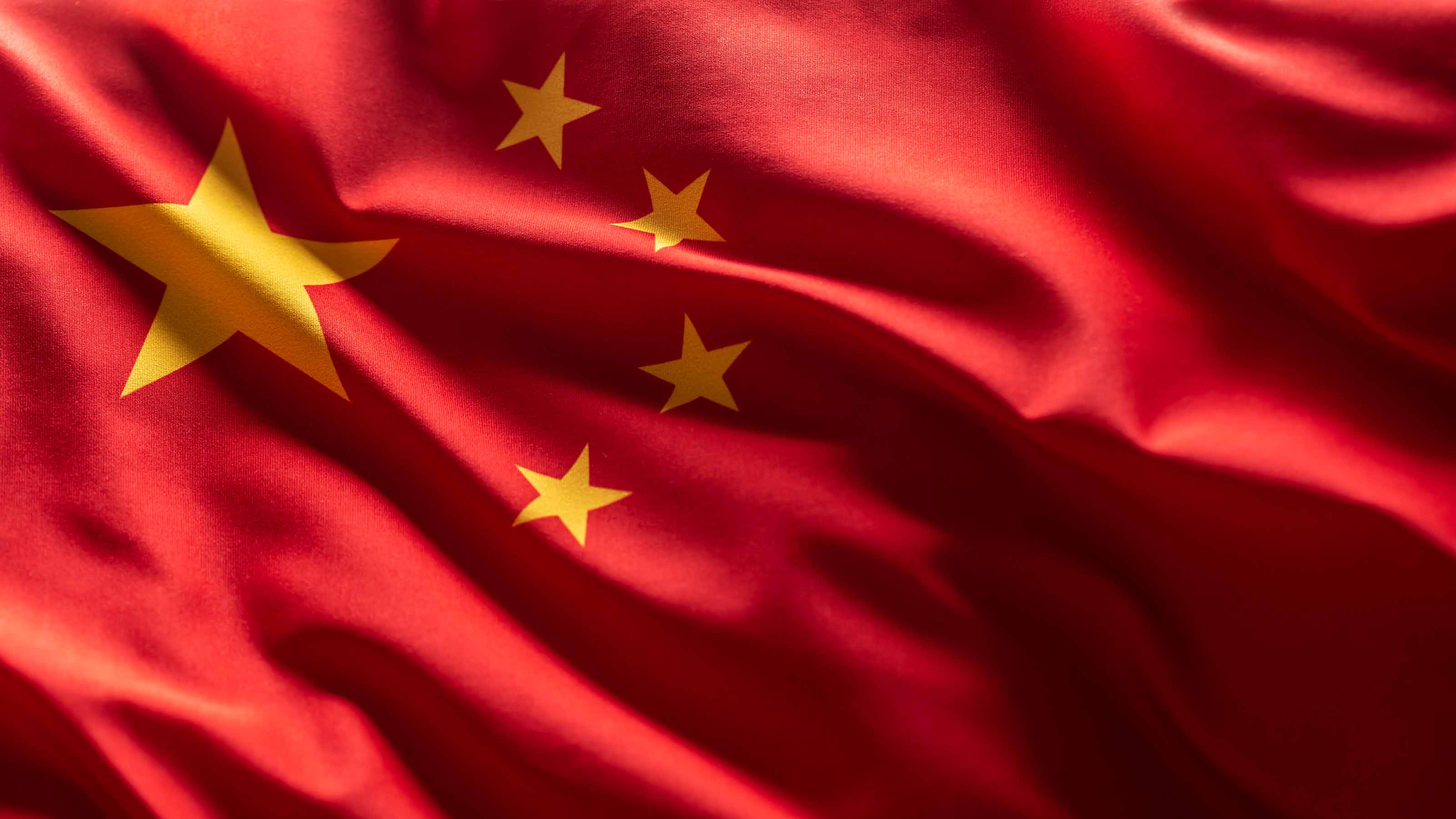
To help you understand what's happening in commercial real estate and what we expect to happen in the future, our highly experienced Kiplinger Letter team will keep you abreast of the latest developments and forecasts (Get a free issue of The Kiplinger Letter or subscribe). You'll get all the latest news first by subscribing, but we will publish many (but not all) of the forecasts a few days afterward online. Here’s the latest…
Just how badly is China’s economy doing? And what does that mean for everyone else?
Long a juggernaut, China is clearly slowing. It will likely miss its 5% GDP growth target for this year, coming in at around 4.8%. As enviable as that may sound to advanced economies, it’s slow by China’s standards. It’s also remarkable for growth to come in below Beijing’s official goal — a rare failure to live up to what the Communist Party has dictated. Chinese manufacturing is still contracting. Foreign investment is poised to actually fall for the first time in China since 1990, if not earlier. Consumers are skittish and not spending.
The root of China’s woes is a real estate bust that hit a few years ago and is nowhere near bottom. Unlike in the U.S., where house prices are up sharply since the pandemic, boosting household wealth. Chinese households have lost $18 trillion as the value of their homes has fallen. In China, property is the middle class’s preferred asset to own, whereas Americans are more financially diversified.
There’s probably not much Beijing can do to really turn the economy around. So far, it’s mostly relying on monetary stimulus, lowering borrowing rates, allowing smaller down payments on homes, making more cash available to borrow, etc. It may soon announce new spending programs, too. All of this seems like a stopgap.
One thing you can expect from China’s familiar playbook: Leaning on exports, which are up by double digits this year, though not enough to reach the 5% GDP goal. Encouraging exports also lifts demand for raw materials, boosting commodity prices.
The rising tide of cheap Chinese exports is intensifying global trade conflicts, leading to more tariff barriers targeting Chinese goods. Canada just levied a 100% tax on Chinese electric vehicles, plus 25% duties on Chinese steel and aluminum imports. The European Union may soon follow suit on EVs, with a tariff rate of up to 35.5%. Either U.S. presidential candidate is bound to impose additional tariffs on China: Donald Trump, more broadly, Kamala Harris, in a more targeted way. Each of them would cite not just unfair economic competition but also national security concerns.
U.S. importers are already diversifying away from China, whose products now make up 15% of imports here, down from 21% in 2018. Businesses that relied on cheap Chinese goods will have less access to them. Ditto for U.S. consumers, for whom cheap Chinese products took some sting out of inflation. In the long run, though, it could also give American manufacturers a shot to regain market share.
Look for relations between Beijing and Washington to continue to worsen — over trade and more — as China struggles to reboot its export-driven economic mode
This forecast first appeared in The Kiplinger Letter, which has been running since 1923 and is a collection of concise weekly forecasts on business and economic trends, as well as what to expect from Washington, to help you understand what’s coming up to make the most of your investments and your money. Subscribe to The Kiplinger Letter.







